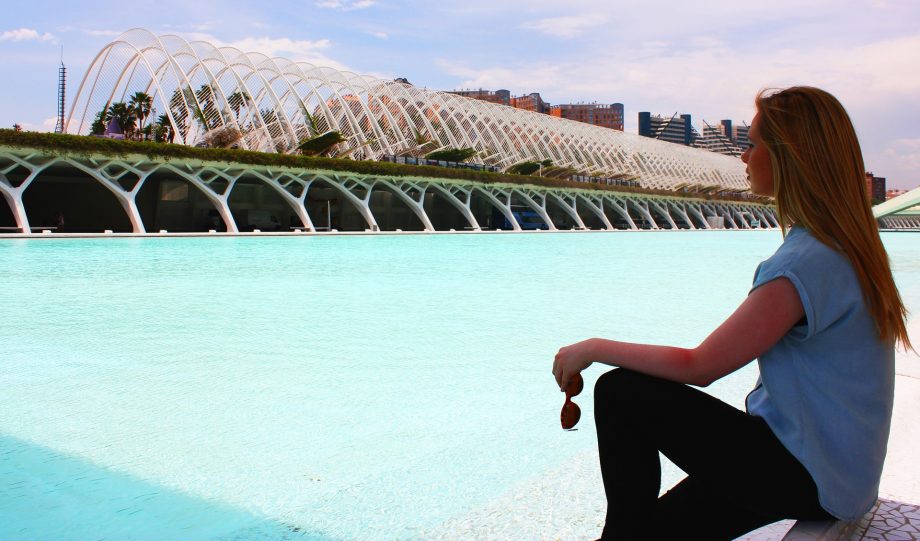Spain may be a country largely known for sun, sand and sangria, but there´s much more to this great country and beautiful Valencia takes this to the next level. It’s a historical, cultural city with plenty to see and do, largely untouched by the commercial Anglicisation of ex-pats and defined by a laid-back philosophy of the locals. Valencia may not enjoy as much recognition as the likes of Barcelona or Madrid, but it’s more than worthy of any traveller’s time.
History of Valencia
Valencia is one of the oldest cities in Spain, with a history that dates back to Roman occupation. It stood proud as an independent Kingdom from 1238 until 1707, when it was absorbed into Spain following the War of Spanish Succession. Valencia was a powerhouse of trade at its peak in the 15th Century, during what is referred to as the city’s Golden Age, before being superseded by other European territories.
Valencia regained its stature in the early 20th Century as an exporter of textiles, food and craft materials, but suffered during WWI when the economy collapsed. The Spanish Civil War and rise to power of the dictator General Francisco Franco kept the city out of WWII, but Valencia – a traditionally liberal and left-leaning city – suffered from numerous attacks by Franco’s forces.
The post-war era was a time of great financial hardship for Valencia, a bad situation made worse by a major flood from the River Turia destroying much of the city in 1957. Rebuilding began in the 1960s, and Valencia re-established itself as a major city – so much so that, following Franco’s demise, a failed military coup in the 1980s attempted to return to the city to its former independent status.
Over the last thirty years, Valencia has risen again and is now considered a cultural hub of Spain. It is one of the most livable cities in the Europe, and tourist numbers continue to swell on an annual basis.
Language and Climate in Valencia
Valencia also has its own dialect; Valencian, which is a variation on Catalan. However, you’ll find that the vast majority of citizens speak Spanish alone, despite Valencian being a compulsory subject taught in the city’s schools (a reaction to Franco banning the language during his regime).
Valencia has a rainy season in October but the temperature doesn’t drop too sharply, so humidity will be at an all-time high during this month. The summer is sweltering, and the winters are mild; a dip in the sea may not be advisable in January or February, but there’s no need to pack a parka if you visit during the off-season.
Where to Stay in Valencia
Old Town is the most historical and charming part of Valencia’s city centre, and closest to all available transport links, tourist sites and entertainment. Also known as El Carmen, look into areas like Colon for a fascinating location to base yourself.
Las Arenas is a beach resort that offers the best of both worlds to travellers – it’s a city beach, as opposed to being tucked away on the coastline. Alternatively, if you’re seeking peace and quiet and a taste of the genuine Valencian lifestyle, investigate El Cabanyal. The least touristy area of the city, this is primarily a residential neighbourhood but is still located beside the Las Arenas beach.
Aim for Malvarossa, which sits on the Mediterranean, if you’re looking for the relaxation that comes with watching and listening to the ocean. Other potential areas of interest are the Marina and the dried-out riverbed of the Turia, home of a number of attractions.
Getting Around Valencia
If you like the idea of driving, hiring a car may be a good idea to get around Valencia. There are plenty of buses, trams and taxis available if necessary, but the beach and downtown areas are spaced quite far apart, so you may enjoy the freedom that comes with control of your own travel plans. All major car hire retailers operate out of the airport.
If you are planning on using public transport, buses are the most common method of negotiating the city. Typically running regularly until 10pm, then with night buses operating until 1am, you can purchase a Bonometro pass that permits ten trips for just €8, or hope on and pay €1.50 for each journey. Alternatively, you can just hop on a tram to the beach.
There are also air-conditioned Metro trains in Valencia If you do wish to explore using the subway, there are four major stations in the city centre; Ángel Guimerá, Xàtiva, Colón and Pont de Fusta Price points vary, depending on what time of day you are travelling.
Culture and Attractions in Valencia
Valencia rightly attracts attention for its blue skies, sea and golden sands, but did you know that it also has acres of green space? The former site of the River Turia is now the largest public park in Europe, and that’s just one of five inner-city commons. If you’re looking for shade that the beach can’t provide, here’s your solution.
Elsewhere, Valencia has a number of plazas that are perfect for shopping and pottering, as well as the famous Valencia Central Market. If you’re in Old Town be sure to investigate the stunning cathedral, which claims to house the Holy Grail.
La Lonja de Seda, The Ancient Town Gate and The Church of St. Thomas and St. Philip are masterpieces of architecture, and Valencia also boasts a Fine Arts Museum, Museum of Religious Art and Ceramics Museum. If you’re looking for something a little more modern, head to the City of Art and Sciences. 350,000 square metres of wonder await you here, and this attraction caters for every taste by housing an IMAX cinema, an opera house, a huge aquarium, a concert venue and the interactive Príncipe Felipe Science Museum. The Marina was redeveloped in order to host the 2007 Americas Cup, so is well worth a visit if you have a predilection for boats or watersports.
If you want to take in some sport, you have a tour of the Plaza de Toros, the coliseum that hosts bullfighting. Beautifully maintained golf courses are dotted throughout the city and open to the public, while Valencia FC’s Mestalla Stadium holds 55,000.
Eating out in Valencia
Like Paella? Love Valencia. The seafood paella in Valencia is a trademark dish, and it’s to die for. Due to its location by the sea, aquatic cuisine is a big deal in Valencia, so even if you’re trying to cut down on the carbs and wish to skip the rice, you’ll find no shortage of seafood platters such as squid, eels and fish. If you’re palette prefers red meat, most restaurants will also cater for you. If you have a sweet tooth, don’t be put off by the name of fartons – these sugar-dipped pastries as delicious, and also be sure to sample some delicious Valencian oranges. The city also has a thriving wine industry.



Thanks for linking it back to us and for letting us know : )